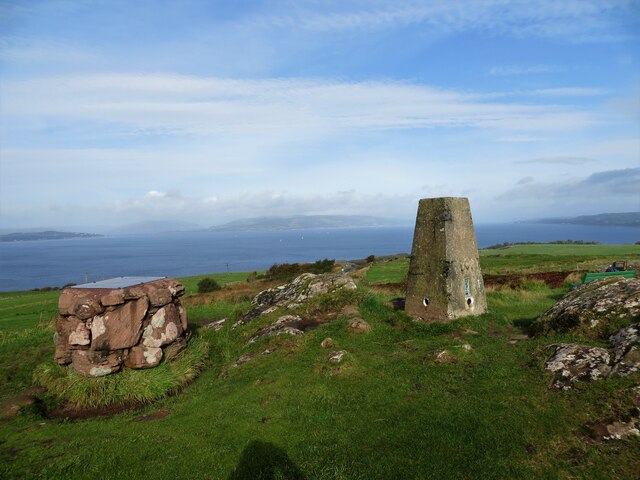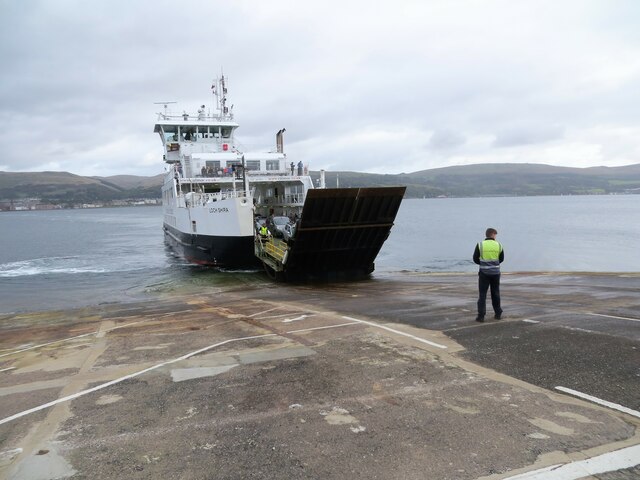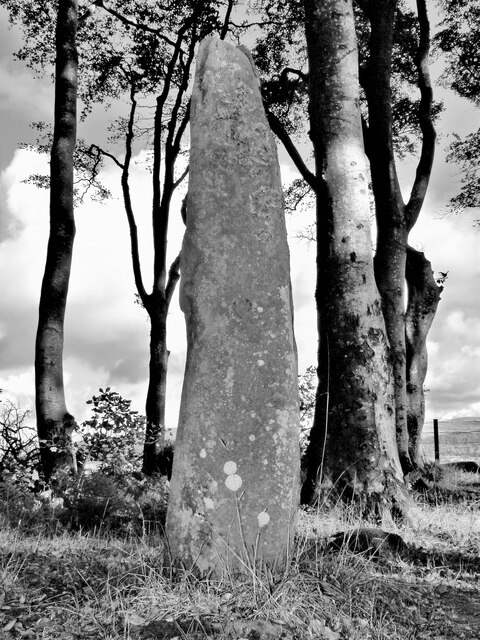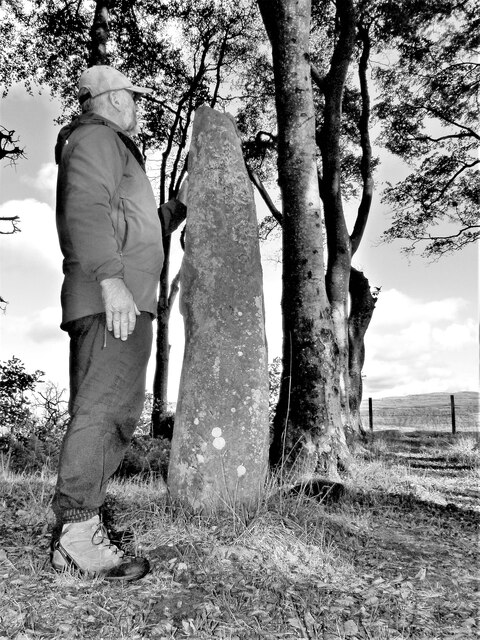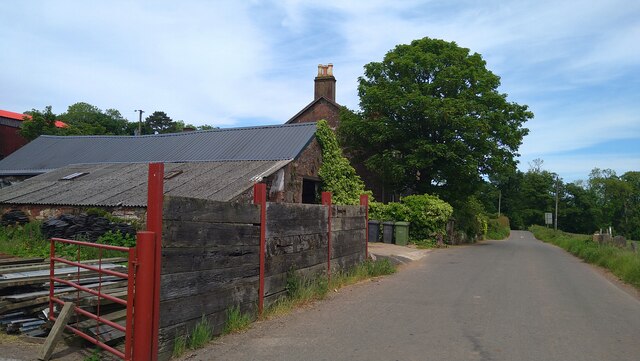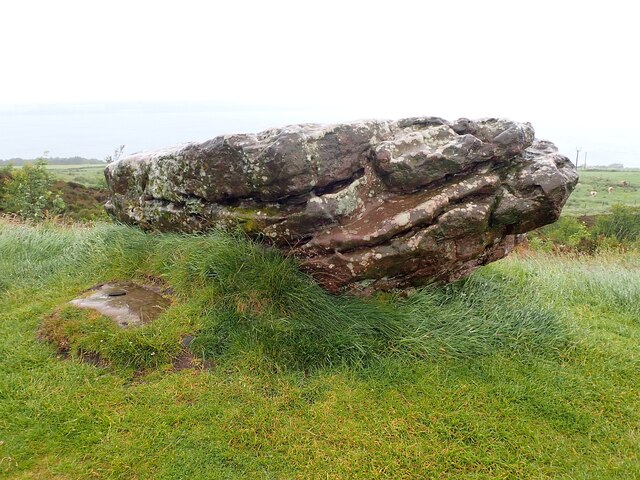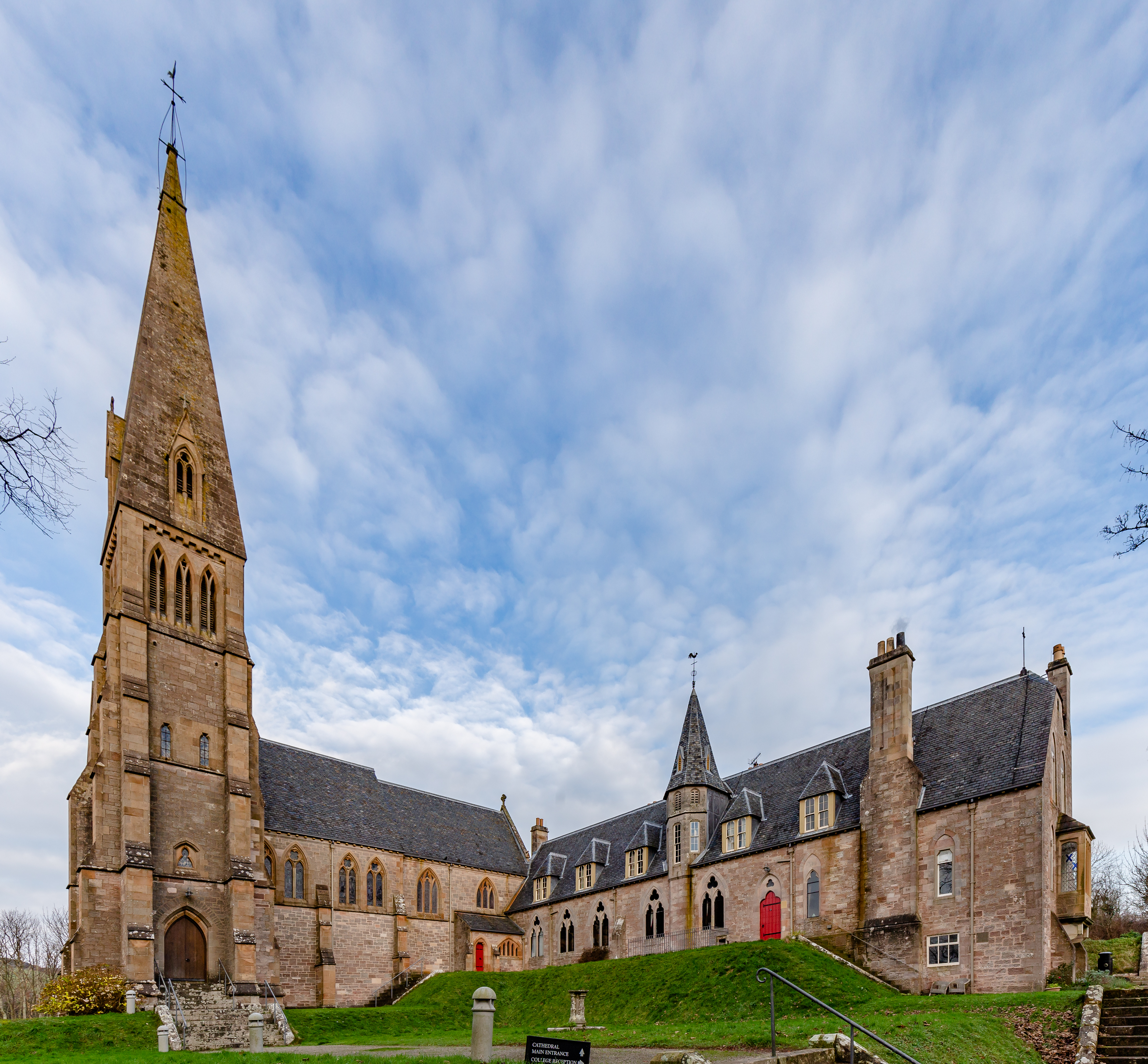Gavin's Glen
Valley in Buteshire
Scotland
Gavin's Glen
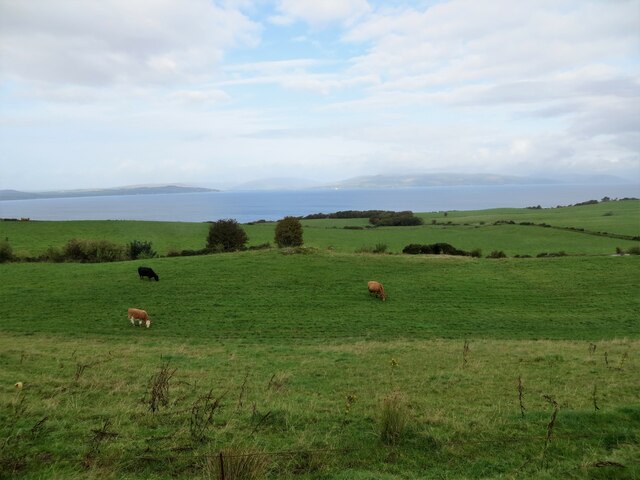
Gavin's Glen is a picturesque valley located in the region of Buteshire, Scotland. Nestled between rolling hills, this enchanting glen stretches for approximately two miles, offering visitors a tranquil and breathtaking experience.
The glen is home to a diverse range of flora and fauna, with lush green meadows, towering trees, and a meandering river that runs through its heart. The valley is particularly renowned for its vibrant wildflowers that adorn the landscape in spring and summer, creating a colorful tapestry of nature.
As visitors explore Gavin's Glen, they can follow a well-marked trail that winds its way through the valley, providing stunning views at every turn. The trail leads to various points of interest, including cascading waterfalls, ancient rock formations, and secluded picnic spots. The sound of birdsong fills the air, adding a harmonious soundtrack to the peaceful surroundings.
Gavin's Glen also holds historical significance, as it is believed to have been inhabited by ancient settlers dating back thousands of years. Archaeological remains and artifacts have been discovered in the area, shedding light on the early human activity in the region.
For nature enthusiasts, Gavin's Glen offers a wealth of opportunities for outdoor activities. Hiking, bird-watching, and photography are popular pastimes, allowing visitors to immerse themselves in the natural beauty and capture the essence of this captivating valley.
In conclusion, Gavin's Glen in Buteshire is a true gem in the Scottish countryside. With its scenic landscapes, diverse wildlife, and rich history, it provides a haven for those seeking solace and an escape from the bustling city life.
If you have any feedback on the listing, please let us know in the comments section below.
Gavin's Glen Images
Images are sourced within 2km of 55.780918/-4.924533 or Grid Reference NS1658. Thanks to Geograph Open Source API. All images are credited.

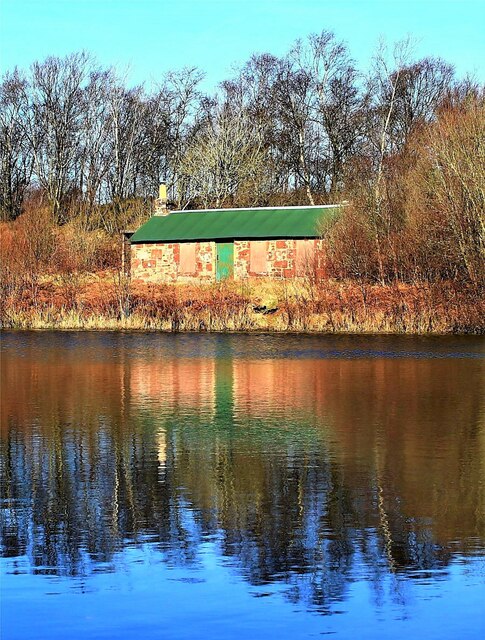
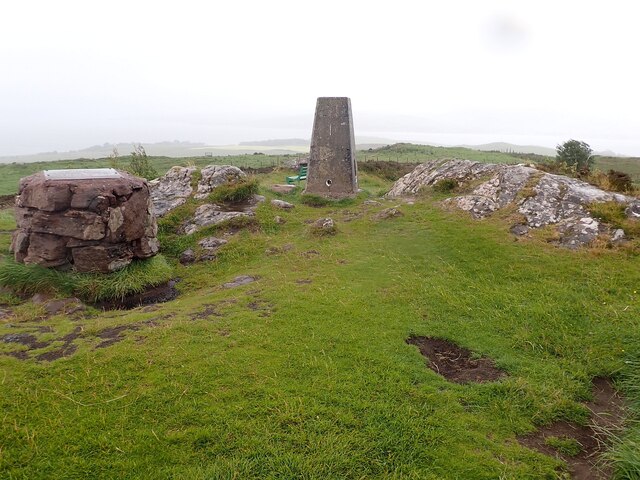




Gavin's Glen is located at Grid Ref: NS1658 (Lat: 55.780918, Lng: -4.924533)
Unitary Authority: North Ayrshire
Police Authority: Ayrshire
What 3 Words
///typed.wrenching.defining. Near Millport, North Ayrshire
Nearby Locations
Related Wikis
The Cumbraes
The Cumbraes are a group of islands in the Firth of Clyde, Scotland. The islands belong to the traditional county of Bute and the modern unitary authority...
Great Cumbrae
Great Cumbrae (Scots: Muckle Cumbrae; Scottish Gaelic: Cumaradh Mòr; also known as Great Cumbrae Island, Cumbrae or the Isle of Cumbrae) is the larger...
Lady Margaret Hospital
Lady Margaret Hospital is a small 10-bedded hospital at Millport on Great Cumbrae in North Ayrshire, Scotland. It is managed by NHS Ayrshire and Arran...
Cathedral of The Isles
The Cathedral of the Isles and Collegiate Church of the Holy Spirit is a Category A listed cathedral of the Scottish Episcopal Church in the town of Millport...
Nearby Amenities
Located within 500m of 55.780918,-4.924533Have you been to Gavin's Glen?
Leave your review of Gavin's Glen below (or comments, questions and feedback).
